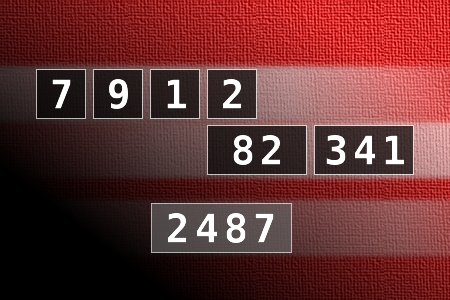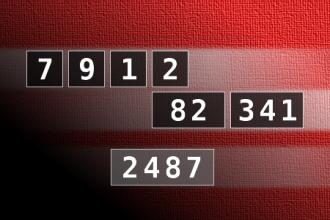Calculate the number 2487
NUMBERMANIA: Calculate the number 2487 using numbers [7, 9, 1, 2, 82, 341] and basic arithmetic operations (+, -, *, /). Each of the numbers can be used only once.Correct answers: 2
#brainteasers #math #numbermania

An old man and his wife went...
An old man and his wife went to the doctor's office and the doctor askedthe man for a blood, urine, and feces sample.The old man was slightly deaf and said, "What?"
Again, the doctor said, "I need a blood, urine and feces sample."
The man still looked puzzled, so his wife leaned over and yelled intohis ear:
"Sheldon, the doctor needs a pair of your underwear!"
Again, the doctor said, "I need a blood, urine and feces sample."
The man still looked puzzled, so his wife leaned over and yelled intohis ear:
"Sheldon, the doctor needs a pair of your underwear!"

